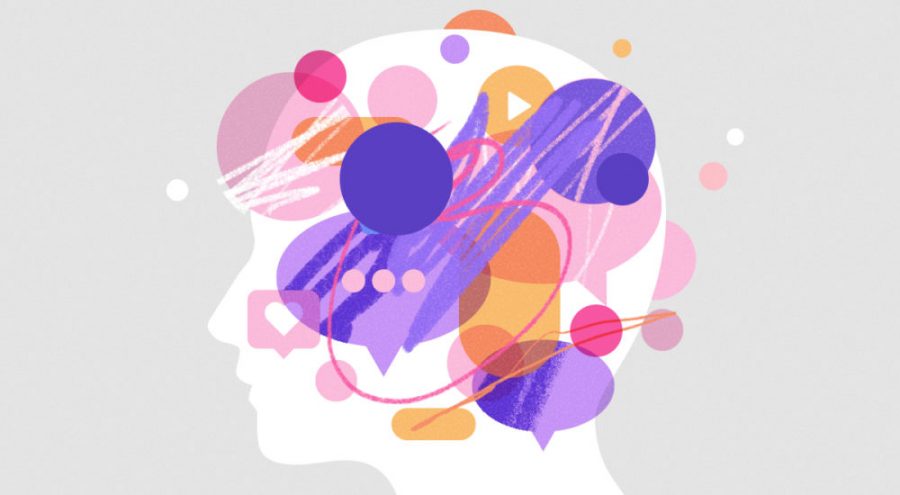The Pros and Cons of Distractions
The idea of distractions is often perceived negatively, as it is often portrayed as the opposite of focus and productivity. However, while that is true, studies have also shown that distractions can lead to increased creativity, and a laser-like focus.
Many people view distractions as something loud, noisy, and in some cases harmful, However, these very distractions also force individuals to block out external sources of noise and other stimuli, and generate a laser like focus, where the brain is intently paying attention to a single thing. According to The Guardian, “In experiments, people were given something to remember, and then some were exposed to a random distraction. These people were better at recalling information and coming up with creative solutions.” This is due to the fact that when an individual is faced with distractions, they are also shown to have improved creativity and memory, especially due to the laser-like focus that is built up in response to said distractions.
Entrepreneur states that “Research shows that returning to your original focus, following a distraction, takes, on average, a full 23 minutes and 15 seconds.” Therefore, distractions are not single moments of a break of focus, but a single event that often grows into a longer period of inactivity. It takes additional time to get back to work and recover the initial mindset of focus and productivity from before the distraction took place. As a result, the total time spent absorbed by a distraction or distractions is longer than expected.
Additionally distractions are painfully easy to notice, especially due to the way they surround us in our everyday life. Cell phone notifications in particular are a constant reminder of other events we have going on in our lives, thus distracting us from the task we initially set out to complete. In a society where nearly everyone owns a phone and you can step outside only to be met with a zombie pack of kids, all staring at their phones as they risk breaking their noses for their phones.
Coming back to school after quarantine, many students have become accustomed to being distracted by family, phones, and everyone else in their homes as they learn. Therefore, the transition to a classroom setting where most of these factors do not exist is unfamiliar and difficult to adapt to. More students have their phones out during class this year than they have previous years, and many face difficulties in forcing themselves to put them away. It can be very difficult to sit still in class as the minutes tick by when all you want to do is pull out your phone and scroll through Instagram, or watch Netflix. We used to be able to do this during class in distance learning, but such habits are difficult to change. We changed due to the opportunity provided by distance learning, and are now facing repercussions. More phones are confiscated this school year alone, and more teachers constantly give reminders to put away and silence phones.






